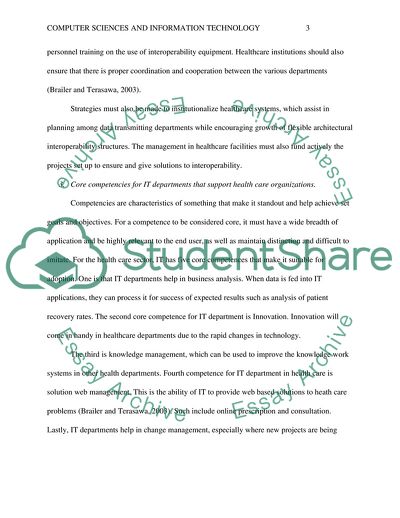Cite this document
(Healthcare Information Management System Coursework Example | Topics and Well Written Essays - 2000 words, n.d.)
Healthcare Information Management System Coursework Example | Topics and Well Written Essays - 2000 words. https://studentshare.org/health-sciences-medicine/1775729-answers-questions-on-healthcare-information-management-system
Healthcare Information Management System Coursework Example | Topics and Well Written Essays - 2000 words. https://studentshare.org/health-sciences-medicine/1775729-answers-questions-on-healthcare-information-management-system
(Healthcare Information Management System Coursework Example | Topics and Well Written Essays - 2000 Words)
Healthcare Information Management System Coursework Example | Topics and Well Written Essays - 2000 Words. https://studentshare.org/health-sciences-medicine/1775729-answers-questions-on-healthcare-information-management-system.
Healthcare Information Management System Coursework Example | Topics and Well Written Essays - 2000 Words. https://studentshare.org/health-sciences-medicine/1775729-answers-questions-on-healthcare-information-management-system.
“Healthcare Information Management System Coursework Example | Topics and Well Written Essays - 2000 Words”. https://studentshare.org/health-sciences-medicine/1775729-answers-questions-on-healthcare-information-management-system.


